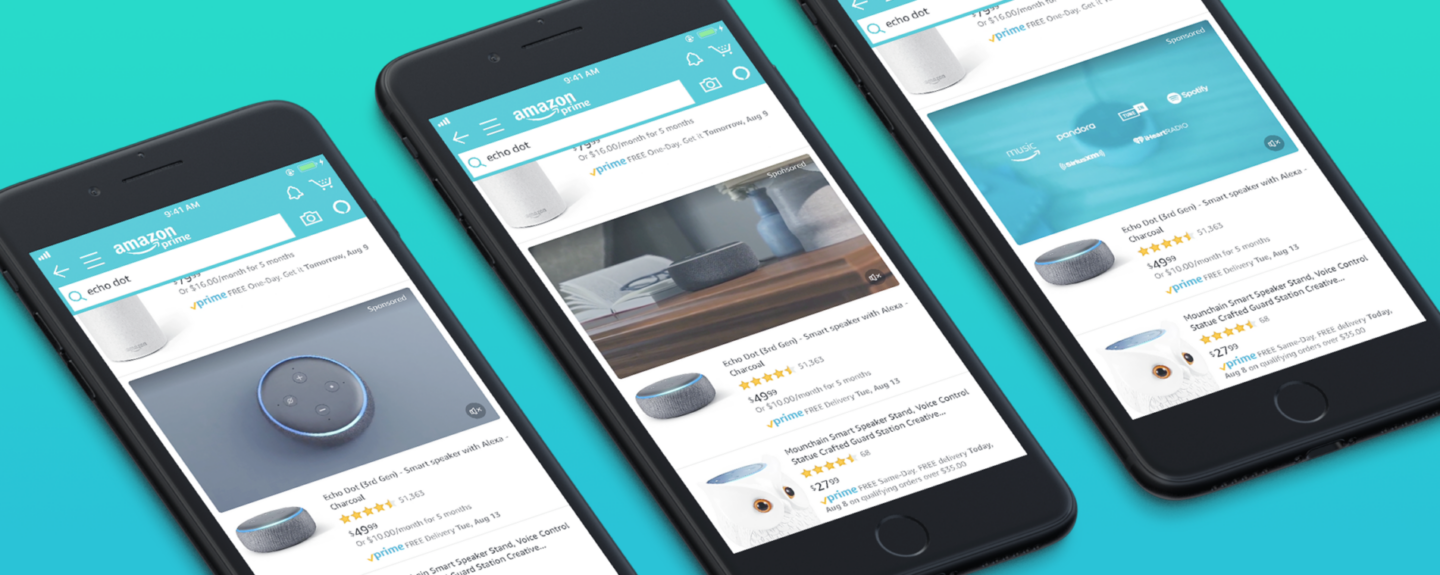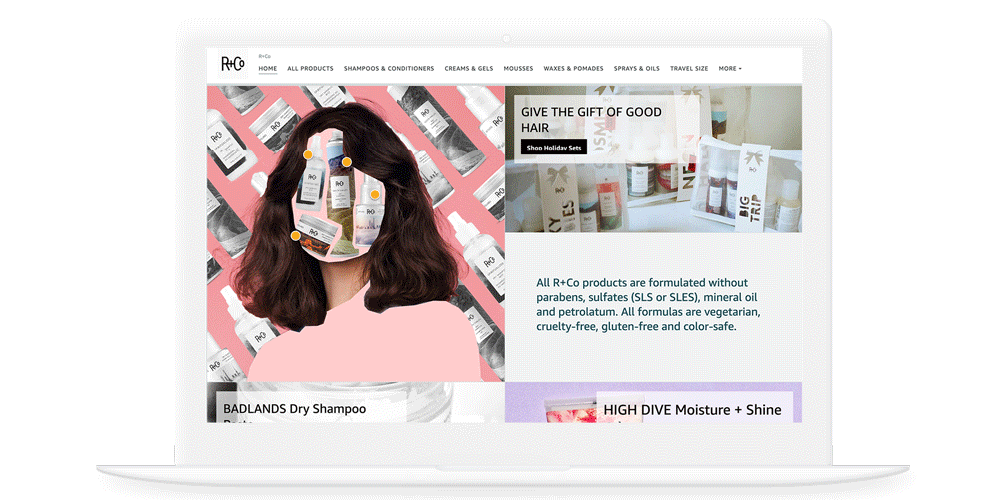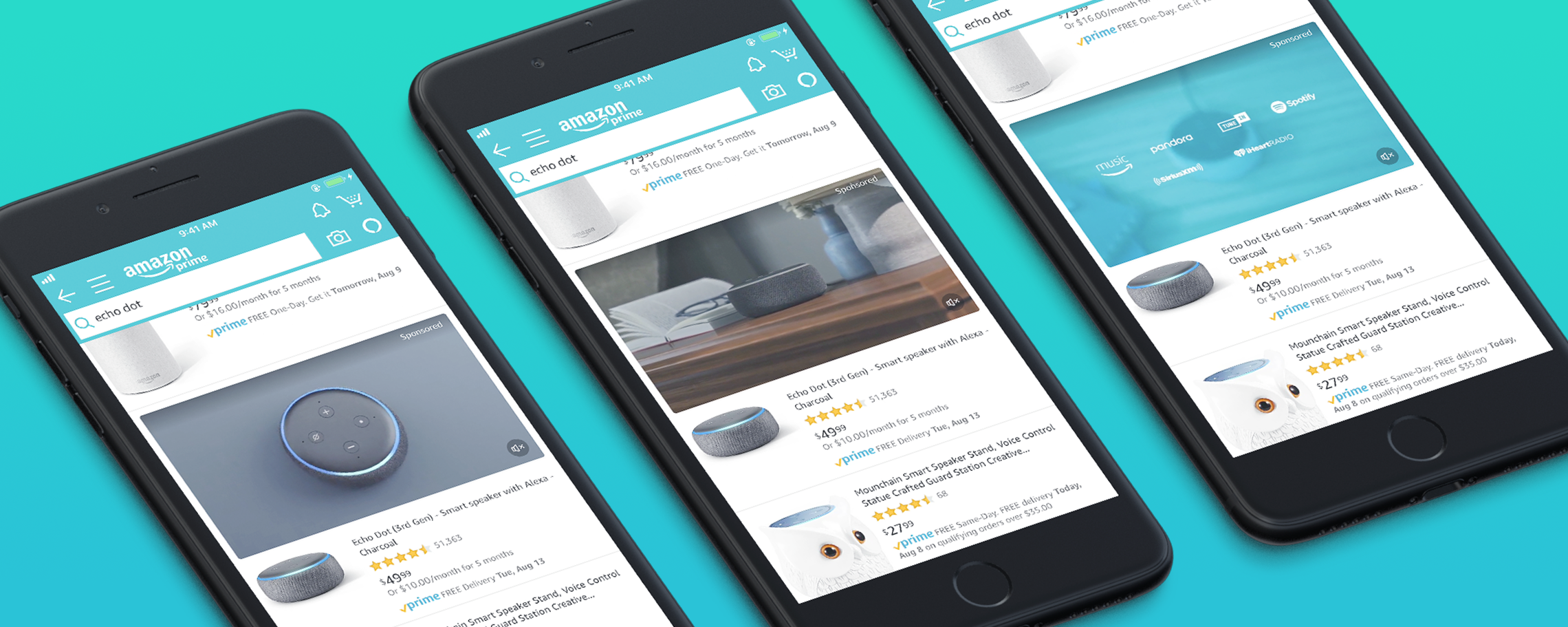Amazon Creative: How to Tell Your Brand Story on the Marketplace


You might think that companies selling on Amazon have no control over their own branding. After all, it’s Amazon’s webspace–you’re just a tenant, and so your brand looks like whatever Amazon wants you to look like. But really, nothing could be further from the truth.
Your brand identity can come through on Amazon with just as much power and uniqueness as anywhere else on the web. Amazon understands the power of a compelling brand story, and gives merchants the tools and space they need to tell those stories–you just have to know how to do it properly.
That’s what we covered in our webinar How to Craft Your Story on Amazon with Creative.
In this webinar, AJ Swamy, Tinuiti’s Manager of Creative Strategy, and Katie Keyser, from our Marketplace Channel department, share best practices on how brands can effectively communicate their stories on Amazon and create the ideal customer experience.
Modern brands have to engage customers on many different channels, both online and offline. Customers have the opportunity to purchase your products from anywhere in the world in any format they choose.
“This creates huge challenges for marketers,” says Swamy.

Marketers have to ensure that every single potential buying channel is decked out in creative that generates positive brand equity. That includes online marketplaces like Amazon.
The creative assets you put on your Amazon marketplace should create a brand experience that is, at the very least, on par with the same experience that customers would get anywhere else. This will increase the likelihood your customers will react positively to your message and purchase on your Amazon store.
Swamy and Keyser went on to share just how marketers are able to use the tools Amazon provides to create brand experiences in Amazon consistent with those found elsewhere on the web.
Specifically, there are four features that willl make the most difference in developing your brand equity on Amazon:
“Amazon Stores are basically mini-websites that live within the Amazon ecosystem. Each page on your store functions like a landing page, that’s curated based on the traffic that you decide to send to the store,” Swamy says.
Store owners can use a combination of on-page calls to action (such as buttons that link to specific sections of the store) and layout cues to direct customers to the section of your store they would be most interested in.

Sponsored brand ad placements can also do a lot to direct traffic to the right page using keyword phrases and categories. For ideal results, retailers need to also take into account what stage of the buyer’s journey the keyword is best suited for. Keyser used the keyword “water bottle” as an example.
This particular keyword is great because it communicates intent to buy, but is not tied to a specific brand So there is a high chance of your Sponsored Brand ad showing up for this keyword and attracting the buyer’s attention.
The product detail images that are “below the fold” (after you scroll) are very important sources of information to the customer. According to Amazon, it takes visitors less than 7 seconds to digest information on your site. “That goes to show how important it is to visually communicate the key reasons to buy your product,” Swamy says.
Although the detail page’s main image has to show the product on a plain white background, the supporting images can use whatever graphic elements or text overlays that you like–as long as they communicate the product’s value and features.
“Images are very good at communicating emotion and can make the difference on whether the customer clicks on your link or keeps scrolling.”
– Katie Keyser, Associate, Marketplace Channel at Tinuiti
The supporting images are an opportunity to present what the product’s look, feel or size, and allows them to visualize themselves wearing or holding it.
“Video is an excellent way to educate the customer about how your product works in real life, as well as showcase the item’s quality,” Keyser says.

But videos do more than that. “It’s one of the most valuable things you can add to the page because it helps negate negative reviews,” says Keyser. The reason is because most bad reviews are a direct result of people not knowing how the product is supposed to work. The video increases the likelihood that customers will watch and figure out the proper usage, thus preventing bad reviews from ever happening.
The page’s title, bullet points and product descriptions use written content that can be optimized for maximum benefit. “We always recommend taking a two-pronged approach,” says Swamy. The two prongs are discoverability and buyability.
Both approaches have to be done carefully. Focus too much on discoverability, and your page will be an unreadable mess of keywords and search terms. Focus too much on buyability, your page will never come up in customer searches. An effective Amazon webpage is one that balances both.
For more insights on creating an ideal customer experience, download the official webinar replay.
